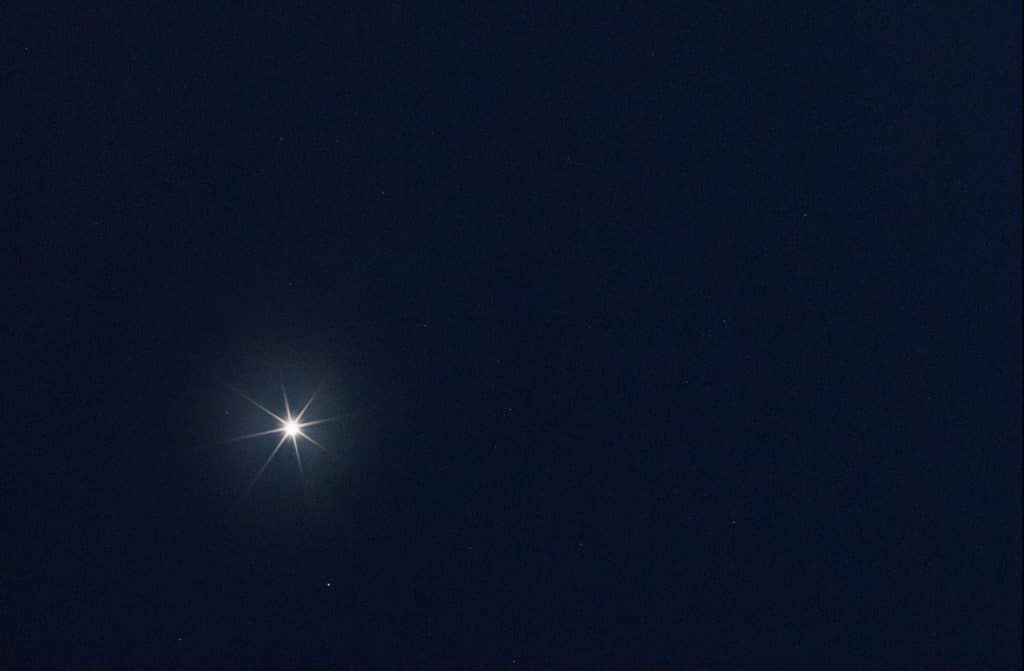
Wake up, stargazers!
The early bird gets the worm, or in this case, a celestial spectacle of the meteors beaming through a starlit galaxy. The Perseid meteor showers, which have been active for over a month, are set to peak in the dark hours before dawn the morning of August 12.
Viewable from anywhere in the Northern Hemisphere, the Perseid meteor shower will rain down from the heavens at their peak from August 11 and 13. As per EarthSky, “the greatest number of meteors is most likely to fall in the predawn hours on August 12.”
According to EarthSky, the key factor is the moon; i.e. the more light cast from the moon or otherwise, the more the obscure the sight of the meteor showers becomes. A wide waning crescent moon will occupy Tuesday’s morning sky, so it’s worth trying to catch the showers Monday and Wednesday, which will feature a thinner and less bright moon.
During peak hours, stargazers will be able to see from 40 – 50 meteors per hour. The showers will also be active in evening hours, but at a much lower rate. Although, evenings are the most opportune time to spot an earthgrazer — a rare, low-flying meteor that traverses horizontally across the horizon.
The Perseid meteor showers occur every year beginning in July. The first record of this phenomenon can be traced back to 36 AD. Since then, numerous references to the showers have been recorded throughout the millennia. The showers get their name from the Perseus constellation of their origin. The phenomenon occurs as a result of Earth colliding with the orbital path of the comet, Swift-Tuttle:
“Dusty debris left behind by this comet smashes into Earth’s upper atmosphere, lighting up the nighttime as fiery Perseid meteors.”
While you might have picture-perfect 20/20 vision, you’d do yourself one better by coming equipped with binoculars to get a closer look at the interstellar spectacle.
See also: This Hiking Trail At Shenandoah National Park Will Lead You To 6 Stunning Waterfalls
[Featured image: @xohumanox via Unsplash]
